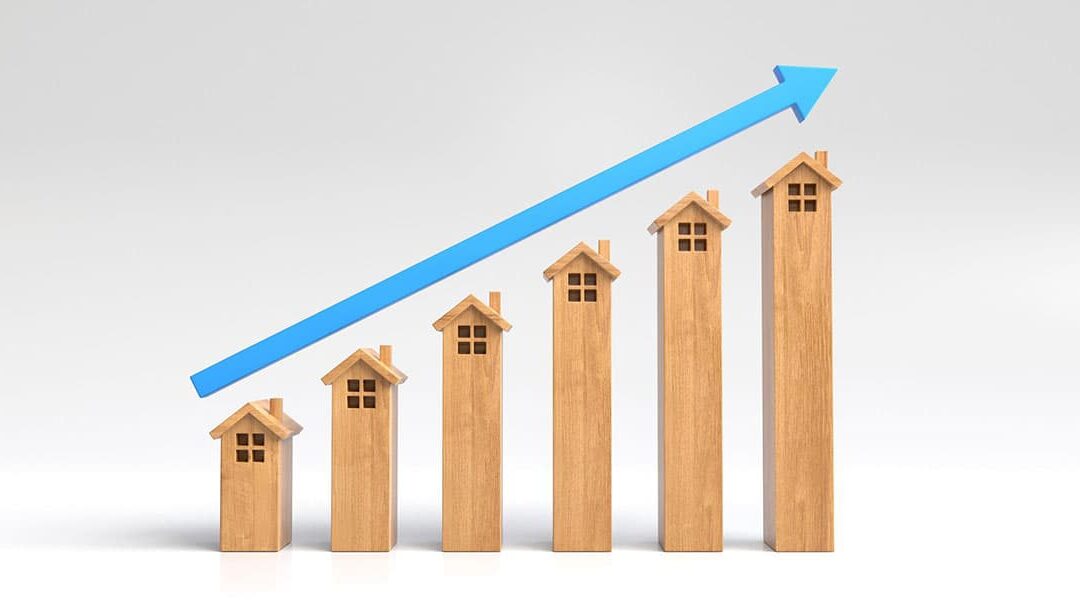A local investor told me on Friday that he has a beach apartment for rent that is already priced 10% below the previous rent - and there has been no interest. Home sellers should be cautious about thinking they "can just rent it out if I have to". A power struggle is...
Market Surge
Tax-Free Home Sales!
Of course, we could always experience a curveball that could radically alter the market conditions without notice. If you thought the inventory surge this year was noticeable, wait until this takes effect! Hat tip to Annabama for sending this in: Today, Congresswoman...
NSDCC Monthly Listings
With the unsold listings piling up everywhere, I went to check the stale factor (above) and was surprised to see that the ratio of the active listings on the market for 15+ days was actually lower than it was previously. It must mean that there has been a flurry of...
Missing

More Surge Details
NSDCC Total Number of New Listings, Jan 1 to Mar 15 The number of listings hitting the market is higher than it's been, and there will be more late-reporters adding to the 2025 count in the coming week or two. I've been a regular customer of Rancho Photos since 2012....
Pick Up The Pace
Since October, I've been blabbing on and on how there were several reasons why the pent-up supply was finally going to bust loose in 2025. If you want to sell your house this year, you better get on it. It's more than just an isolated or local thing. Look at the stats...
CCP & Rapid Deceleration
Rob did a blog post (behind the paywall but consider subscribing if you're interested in residential real estate selling trends) where he thinks the Clear Cooperation Policy is cooked. Even though most of the big players are supportive of the policy in public, it's...
Around the Country
Lance does an incredible job of covering the real estate market. Follow him on twitter: https://x.com/NewsLambert
Positives Or Negatives?
? Ok, I'm breathing again now that 150+ people came to my first open house on Moorhen Place. The market/buyers have seemed cautious and conservative so far in 2025, and it's incredible how they insist on looking for any reason NOT to buy. The only problem is that the...
More Inventory Tracking
Bill provides a ton of relevant data and it helps show how the real estate trends reflect the human condition - the same things are happening everywhere: I've been thinking that there will be 15% to 20% more inventory this year, but so far the flow has been subdued...



